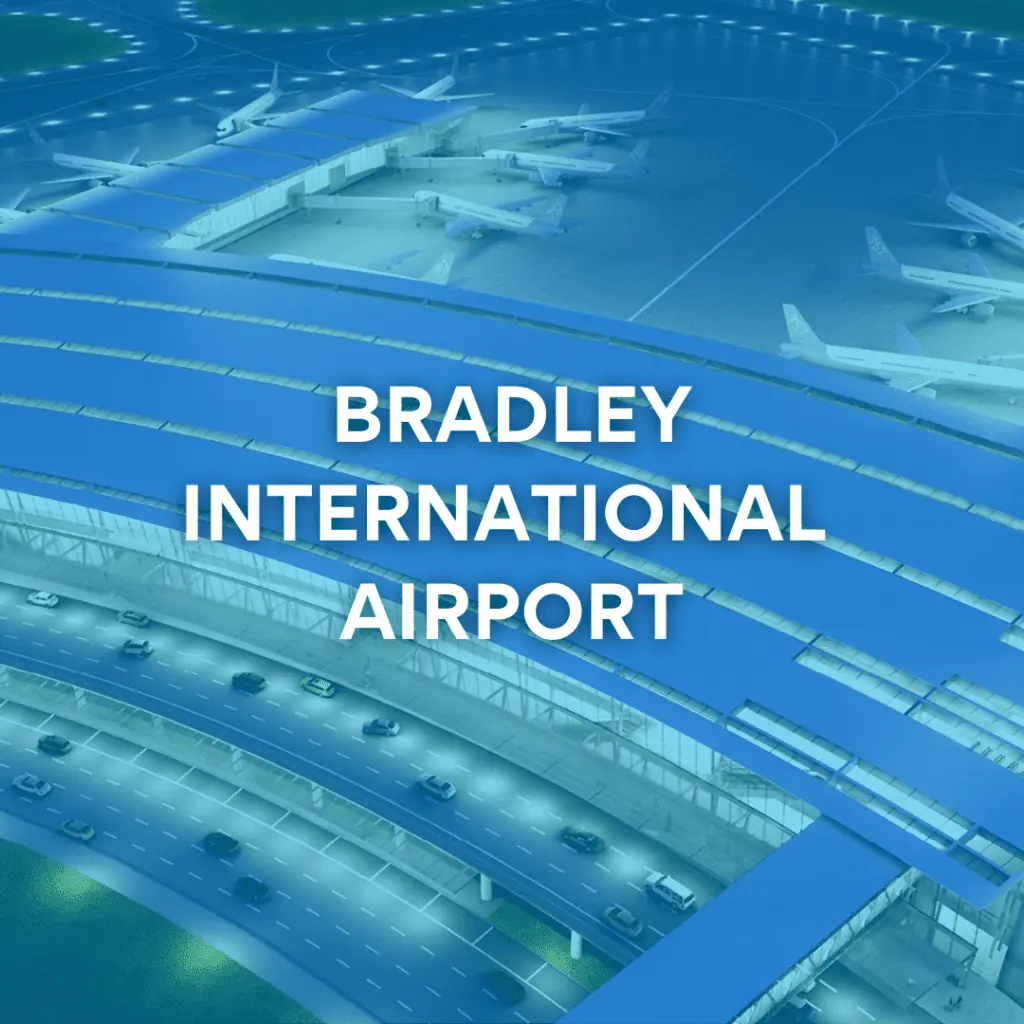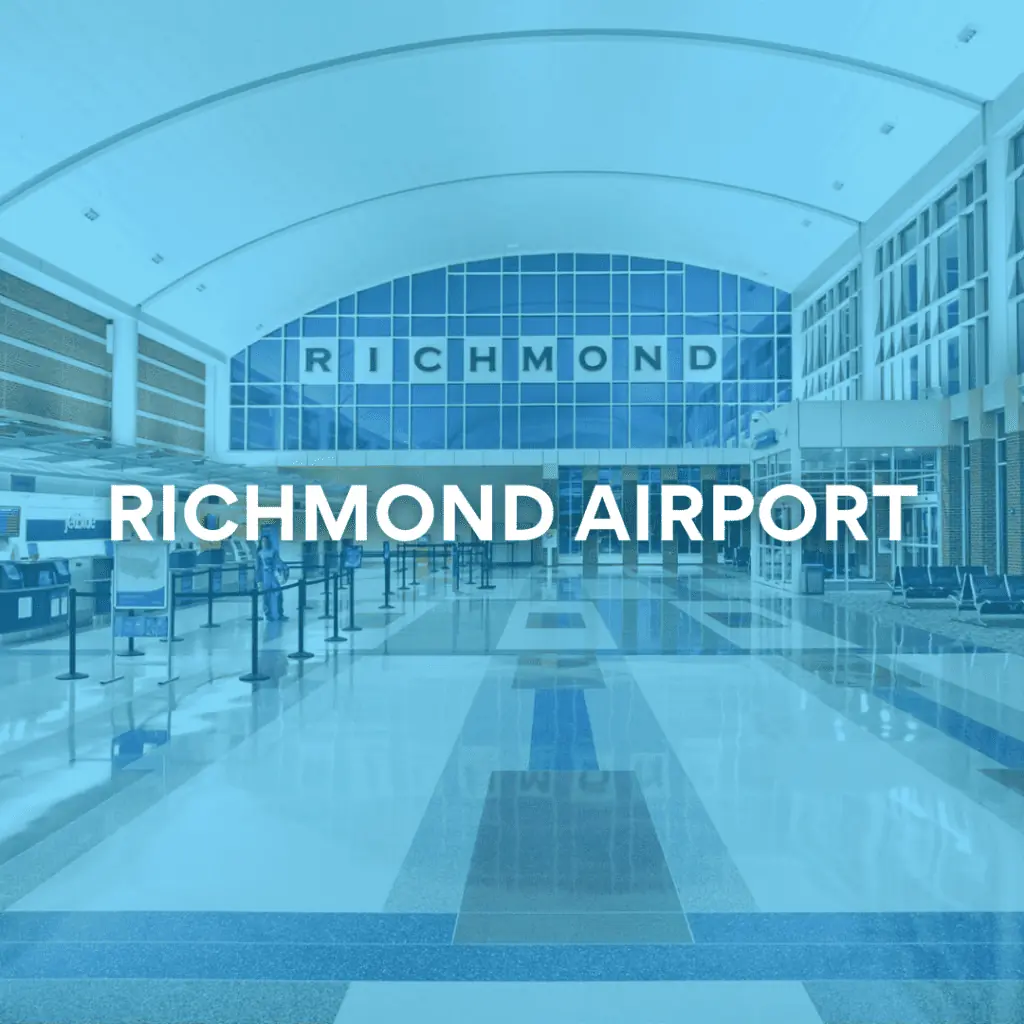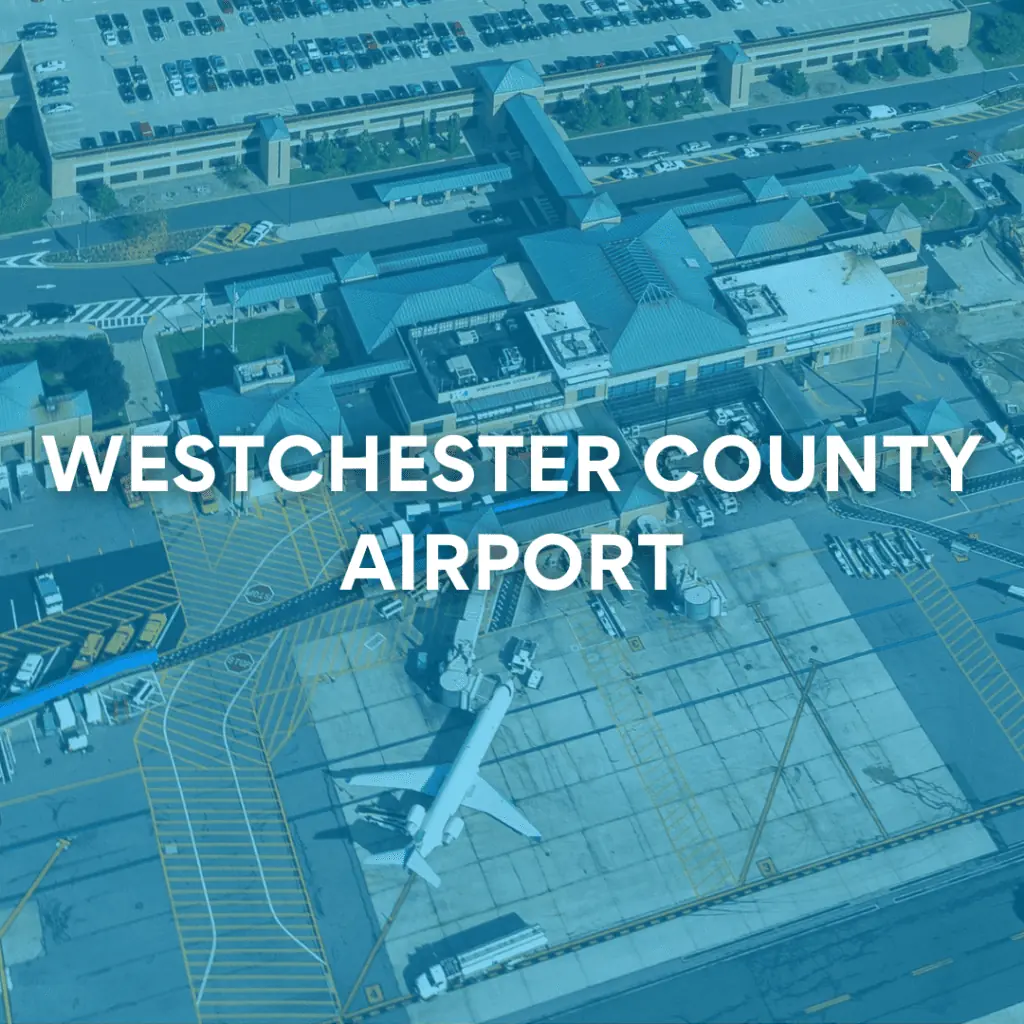Air Travel Case Study
Los Angeles Airport (LAX)
Los Angeles Airport (LAX), owned and operated by Los Angeles World Airports (LAWA), holds the distinction of being the fifth busiest airport worldwide in terms of passenger traffic, catering to over 80 million travelers annually.
“We’ve reduced our dependence on carbon filtration, using smaller filters requiring less maintenance, and have improved the customer experience in the terminals. We have far fewer odor complaints.”
– Rich Yakel, Manager, Los Angels World Airports, HVAC and maintenance
Challenge
In 2018, the air quality in Los Angeles, including the vicinity of LAX, reached unprecedentedly poor levels, due to various factors. To address this issue, it was crucial to go beyond relying solely on carbon filtration. Implementing an air purification strategy becomes imperative to effectively minimize the presence of fumes emitted from jet fuel, particulate matter (PM) from Ground Support Equipment (GSE), volatile organic compounds (VOCs) and other harmful contaminants.
Solution
AtmosAir has put forth a comprehensive solution to address the air quality concerns at LAX by installing four hundred 508FC units in more than 200 Air Handling Units (AHUs) across the nine passenger terminals.
The 508FC units work by introducing bi-polar ions directly into the supply air of each AHU. This innovative approach significantly enhances the air purification capabilities, resulting in cleaner, fresher, and healthier air being circulated throughout the terminals. By leveraging this technology, LAX aims to improve the overall air quality and provide a more pleasant and conducive environment for passengers and airport personnel alike.
LAX airport HVAC contractor performed ion level readings after completing a maintenance service. Ion levels with the AtmosAir systems operating were significantly higher in all treated areas averaging 800 ions per cm3.
Results
After implementation, AtmosAir bi-polar ionization systems were found to have reduced odors, and VOCs by targeting hydrocarbons, as well as reduced bacteria, viruses, and mold as well as particulate contamination in the terminals.
LAWA’s diligent efforts resulted in a remarkable 90% reduction in odor-causing gases and VOCs, significantly enhancing indoor air quality throughout the airport, especially in food court areas. Additionally, the maintenance team capitalized on these improvements by reducing the size of carbon filters, resulting in cost reductions and decreased waste generation. From this, LAWA estimates and impressive annual energy savings of more than $2,000 per air handling unit, contributing to long-term cost savings and operational efficiency.



